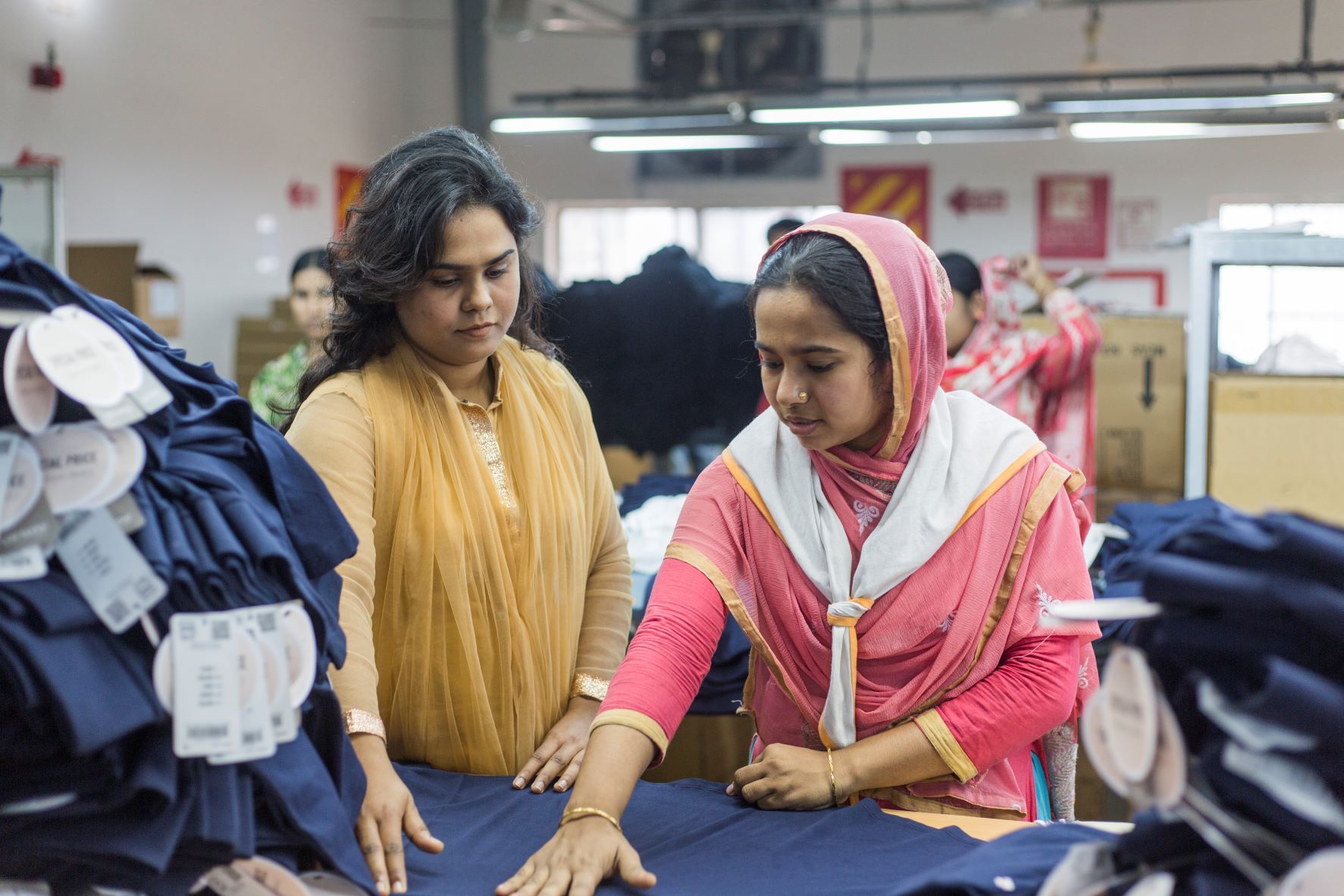 women in Bangladesh road safety
women in Bangladesh road safety
"Using public transport is like going to war every day,” a woman in her thirties in Dhaka told us. She was participating in the consultations for a World Bank funded gender assessment led by Power and Participation Research Centre (PPRC). The assessment examined key travel concerns for women in Bangladesh, particularly when using public transport. “We have to constantly be in fight or flight mode when taking public transport,” another participant in the consultation mentioned. Women are compelled to consider the actual risk to their personal safety and security when traveling, as opposed to men who only think about the potential risk of traffic accidents.
As cities like Dhaka are investing on sustainable modes of mobility, considering air quality, congestion, safety against traffic crashes and access to jobs and services, it is imperative that such travel is also free of sexual harassment and violence. Sexual harassment in public transport limits Bangladeshi women’s participation in the labor force and therefore directly undermines economic growth. Road safety surveys in Bangladesh reveal a precarious situation for women fraught with danger that requires urgent interventions of proportional magnitude.
For many years, women have reported sexual harassment on Dhaka roads as their top mobility concern– whether they are pedestrians or passengers. A 2022 online survey that covered over 5,000 women across 24 districts revealed that 87 percent Bangladeshi women experienced harassment at least once, 36 percent faced sexual harassment in public transport regularly and 57 percent considered public transport as the most unsafe public spaces compared to other public spaces such as streets, shopping malls and online platforms. While harassment is primarily caused by individual behavior and social norms, poorly designed infrastructure and vehicle makes things worse. The safety risks for women are disproportionately increased by gender-neutral infrastructure and vehicle design. Although Dhaka has 43-foot over-bridges in the North City Corporation and 31 in the South City Corporation, women, who participated in our assessment said they, tend to avoid these. These poorly-lit bridges are notorious for being places for harassment.
Women’s ability to reach their full economic potential and social well-being is directly correlated with their level of mobility. Our study indicated that negative experiences on public transport have significant and lasting impacts, with women and girls reporting it led them to drop out of school or stop going to work. Seventy-five percent of study participants reported they need companions in certain times and circumstances considered riskier for example when traveling after dark. Some women felt additional financial stress as they had to opt for more expensive modes of transport. Other women, especially those from poorer families, felt the added emotional burden of hiding instances of harassment from husbands in fear of not being allowed to work. To reduce the risk of violence, many women choose jobs close to home or those with specific working hours so that they can be home before dark.
To address the challenge of riding public transport from sexual harassment, opportunities often lie in mainstreaming gender concerns at the core of development investment and cross-cutting transport projects through gender-equal planning and design. For instance, the Government of Bangladesh is pioneering a landmark investment project on road crash safety which also presents a unique opportunity to address sexual harassment and gender violence in the transport sector. The World Bank’s Bangladesh Road Safety Project brings both transport and health experts together and prioritizes the safety concerns of female road users. It’s multi-pronged and multi-stakeholder approach provides a unique opportunity to prevent sexual harassment and to ensure that support services in case of incidents are easily accessible.
Besides this, the project also aims to bring behavioral changes, improve systems for the response, and build the infrastructure that will reduce risks and will monitor the results of this integrated approach. The project will develop targeted communication campaigns on norms around masculinities that can influence engaging in misconduct, promote safe and respectful road behavior by using different forms of media, and raise awareness on interrupting harassments to bystanders. Specifically on bystander intervention, the project aims to train bus employees on such techniques. These activities will draw from lessons learned from similar initiatives that demonstrated effective results from Latin America as well as approaches tested in Bangladesh such as BRAC’s light tough approach on nudging bystander actions. BRAC showed that installing bright posters with three simple and safe actions could make perpetrators think twice.
In addition to the behavior change interventions, the project aims to provide trainings to police to increase awareness on sexual harassment prevention and response as well as enhance gender-inclusive planning and design that promotes collecting gender-disaggregated data and ensuring women’s participation in infrastructure design. These efforts will complement ongoing and emerging initiatives from diverse stakeholder to tackle sexual harassment in public transit. For example, Shuttle is an app-based transport service provider for women. Another youth-led ICT-based initiative is BhaiThamen that provides support functions for women during insecure situations. BRAC’s initiative to train women as professional drivers to promote women-friendly commuting has also garnered positive responses. So far, the Ministry of Women and Children Affairs have installed CCTV cameras in 100 buses as a deterrent. However, given the scale of the problem, more concerted efforts are needed.





Join the Conversation